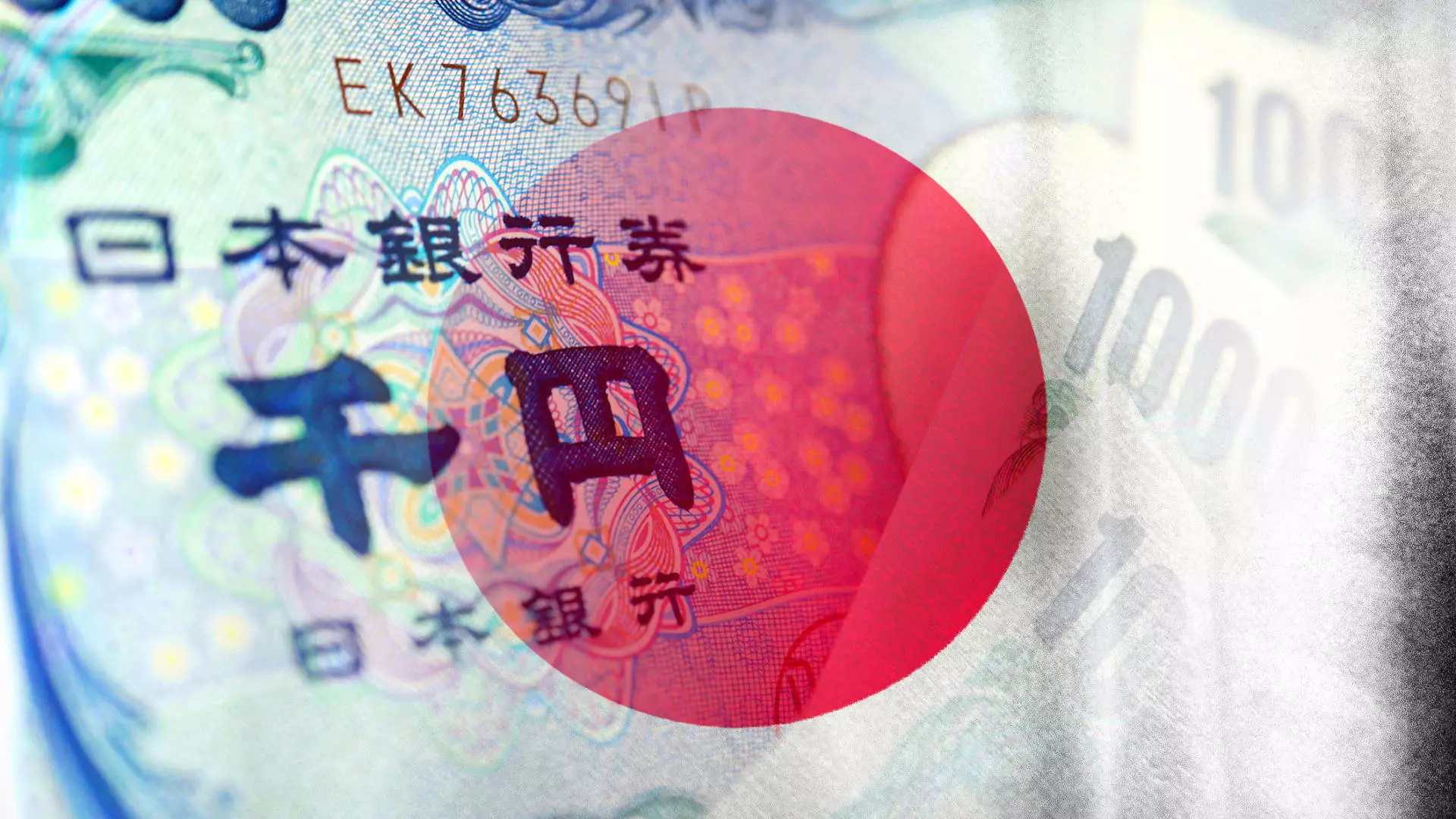Despite a difficult year for banks worldwide due to rising interest rates and regional banking crises, Japanese banks have emerged as a beacon of hope for investors. With a remarkable 36% climb in bank stocks, compared to the 5% decline in the Financial Select Sector SPDR Fund (XLF) and the 32% drop in the SPDR S & P Regional Banking ETF (KRE), Japan’s banking sector has outperformed its global counterparts. The positive yield curve and the anticipation of an end to negative interest rates have contributed to this success.
One of the key factors driving the bullish sentiment towards Japanese banks is the positive yield curve. Unlike other developed economies dealing with an inverted yield curve, which places pressure on financial profit margins, Japan has maintained a positive yield curve. This means that shorter-term debt carries lower yields than longer-term instruments, providing a favorable environment for banks that can borrow short and lend long. Chen Zhao, chief global strategist at Alpine Macro, highlights that this positively sloped curve is a significant source of profits for Japanese banks.
Many strategists believe that Japanese banks still have room to grow, despite the impressive rally this year. Marko Kolanovic of JPMorgan recommends an overweight position in Japanese financial stocks, as he believes they have yet to fully price in the expected end to negative interest rates. While the market anticipates an end to negative rates in April or Q3-Q4 of next year, Kolanovic predicts a later timeline, with an end to negative rates in Q3 CY2024. This disparity in forecasts suggests that there is potential for bank earnings to increase further, exceeding the current increases in stock prices.
For those looking to gain exposure to Japanese banks, a few investment options are available. The iShares MSCI Japan ETF (EWJ) is one such avenue, with a portfolio allocation of approximately 12% to Japanese financials. Some of the bank stocks held in EWJ’s portfolio include Japan Post Bank and Chiba Bank. With assets under management of around $12 billion and a 0.5% expense ratio, EWJ has seen fund flows of approximately $2.6 billion and has achieved a 7% increase this year.
Another option is the JPMorgan BetaBuilders Japan ETF (BBJP), which boasts around $8.7 billion in assets. Similar to EWJ, it has a roughly 12% allocation to financials, including Resona Holdings. These ETFs offer investors a diversified approach to investing in Japanese banks, allowing them to benefit from the positive outlook for this sector.
In a year filled with challenges for banks worldwide, Japanese banks have emerged as noteworthy performers. Their success can be attributed to the positive yield curve and the anticipation of an end to negative interest rates. Strategists remain optimistic about the future gains in Japanese banks, suggesting that investors have yet to fully embrace the potential of this sector. For those interested in capitalizing on this promising opportunity, investment options such as the iShares MSCI Japan ETF and the JPMorgan BetaBuilders Japan ETF offer exposure to Japanese banks while providing diversification benefits.


Leave a Reply